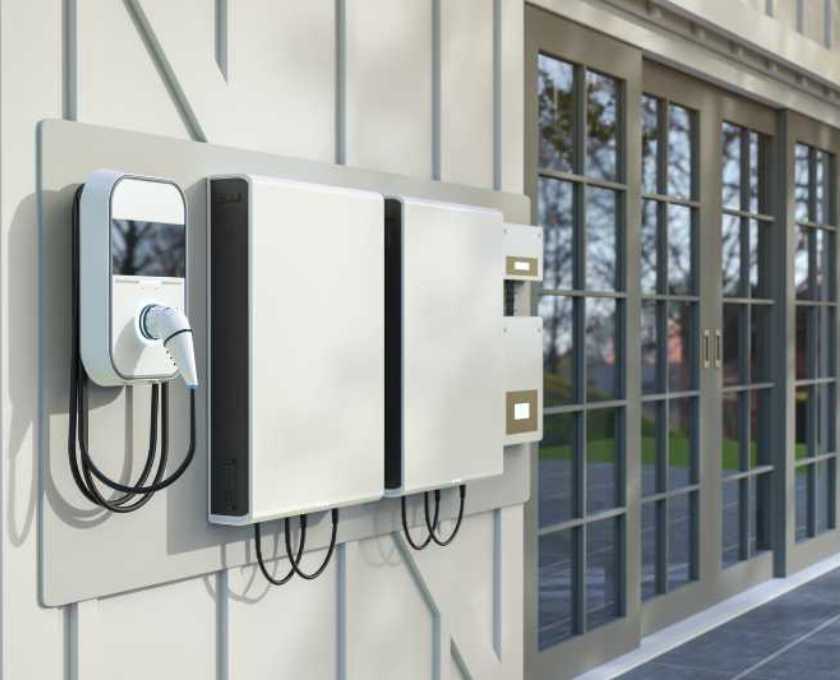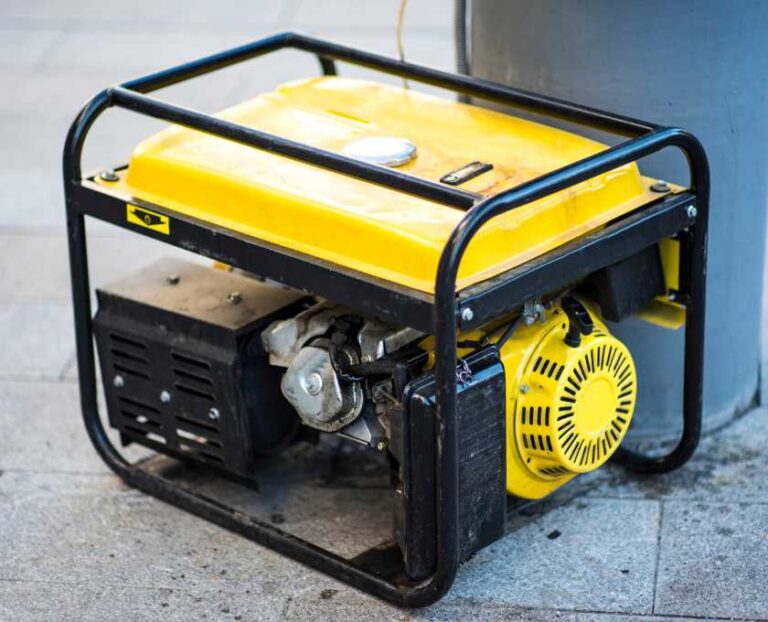Beautiful Plants For Your Interior

Stored Electricity for Power Outages: Batteries, Power Stations & Home Systems Explained
Electricity powers nearly every aspect of our daily lives – from lighting and communication to refrigeration and medical devices. When the grid goes down, having stored electricity on hand can mean the difference between disruption and getting on with your day. This guide explores three key categories of stored electricity: batteries, portable power stations, and home battery systems – so you can choose the right backup solution for your needs, budget, and lifestyle.
🔋 BATTERIES
Disposable Batteries
Single-use alkaline or lithium batteries (AA, AAA, C, D, 9V) are widely available and used in flashlights, radios, smoke detectors, and small medical devices.
Advantages:
- Readily available at most stores
- Long shelf life (5–10 years)
- No charging required
- Ideal for low-power, emergency-only devices
Drawbacks:
- Non-rechargeable; creates waste
- Can be expensive over time
- Limited power output
Cost & Availability:
- $0.50–$2 per battery depending on type and brand
- Available at grocery stores, hardware stores, and online
Rechargeable Batteries
Reusable batteries (NiMH, Li-ion) that can be charged hundreds of times. Common formats include AA/AAA and proprietary packs for tools or devices.
Advantages:
- Cost-effective over time
- Reduces waste
- Compatible with solar chargers
- Ideal for frequent-use devices
Drawbacks:
- Requires charging infrastructure
- Shorter shelf life than disposables (2–5 years)
- Performance degrades over time
Cost & Availability:
- $1–$5 per battery
- Chargers range from $10–$30
- Widely available online and in electronics stores
Learn more:
See: Selecting the Right Batteries for Emergencies
⚙️ PORTABLE POWER STATIONS
Compact, rechargeable units that store electricity and deliver it via AC outlets, USB ports, and DC outputs. Often paired with solar panels for off-grid use.
Advantages:
- Powers larger devices (CPAP, laptops, mini-fridges)
- Rechargeable via wall, car, or solar
- Quiet and emission-free
- Ideal for short-term outages or mobile use
Drawbacks:
- Limited capacity compared to home systems
- Heavier and bulkier than batteries
- Can be expensive for higher wattage
Cost & Availability:
- $200–$2,000+ depending on capacity
- Popular models: Jackery Explorer, EcoFlow Delta, Bluetti AC70
- Available online, outdoor retailers, and emergency supply stores
Learn more:
See: Using a Portable Power Station for Power-Outage Emergencies
🏠 HOME BATTERY SYSTEMS
Whole-home or partial backup systems that store electricity from the grid or solar panels. Examples include Tesla Powerwall, Enphase IQ, and EcoFlow Delta Pro Ultra.
Advantages:
- Seamless backup for critical circuits or entire home
- Can integrate with solar for renewable energy
- Long lifespan (10+ years)
- Smart energy management via apps
Drawbacks:
- High upfront cost
- Requires professional installation
- May need permits or utility approval
Cost & Availability:
- $7,000–$15,000+ installed
- Tesla Powerwall 3: ~13.5kWh capacity, 10-year warranty
- Available through certified installers and solar provider
Learn more:
See: Using a Home Battery System for Backup Power
✅ Conclusion
Stored electricity solutions range from simple AA batteries to sophisticated home systems. Each option plays a role in building layered resilience, whether you’re powering a flashlight or keeping your fridge running during an extended outage. By understanding the strengths and limitations of each, you can build a backup plan that fits your space, budget, and family needs.


